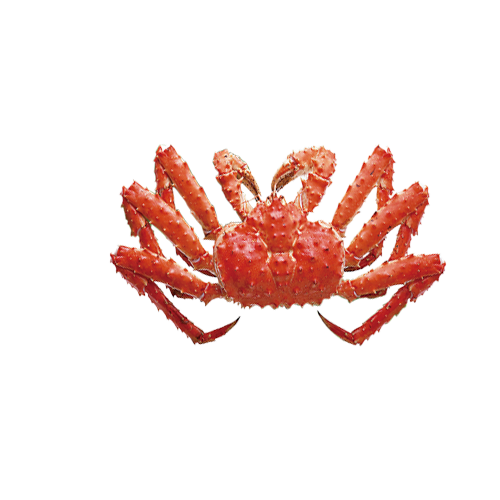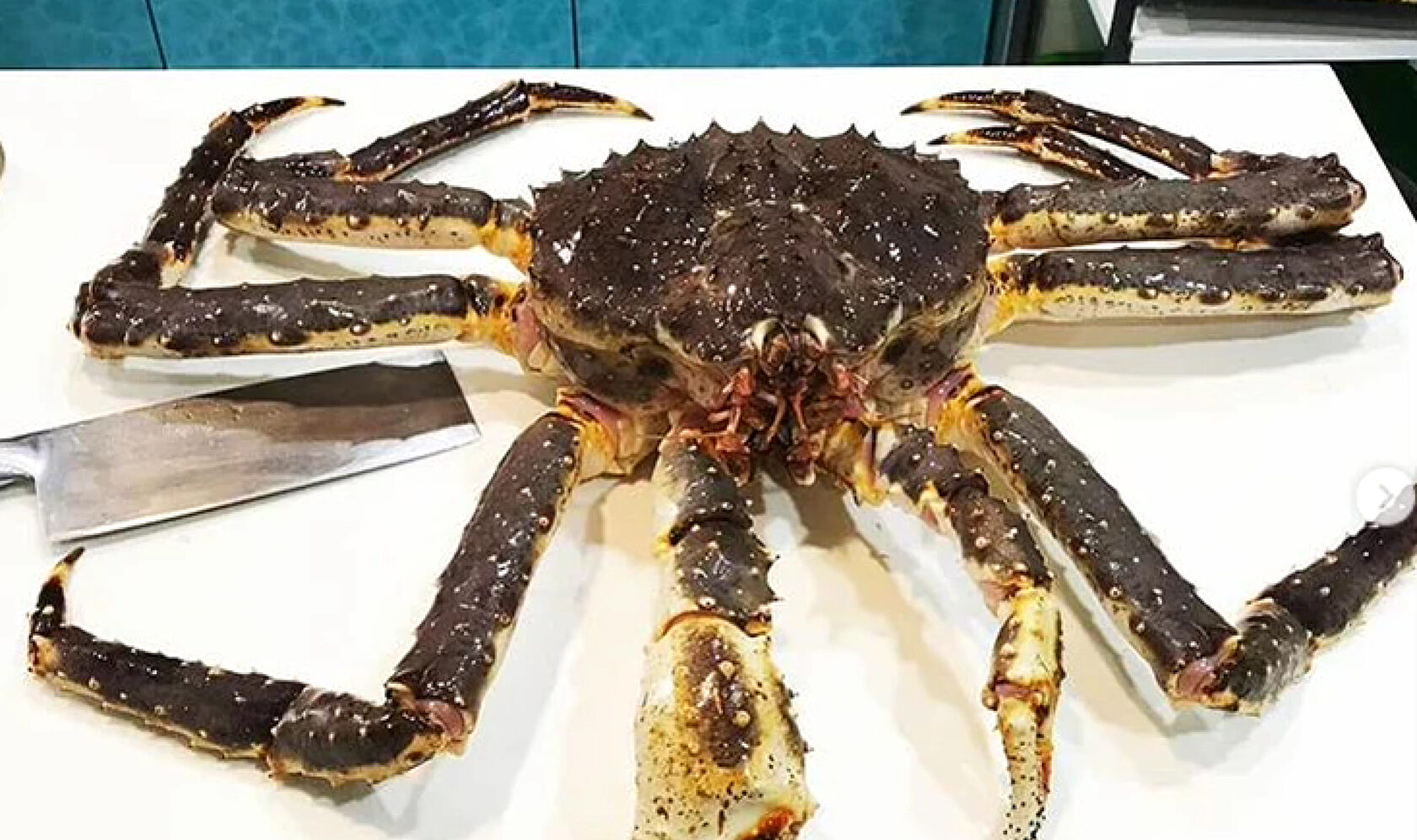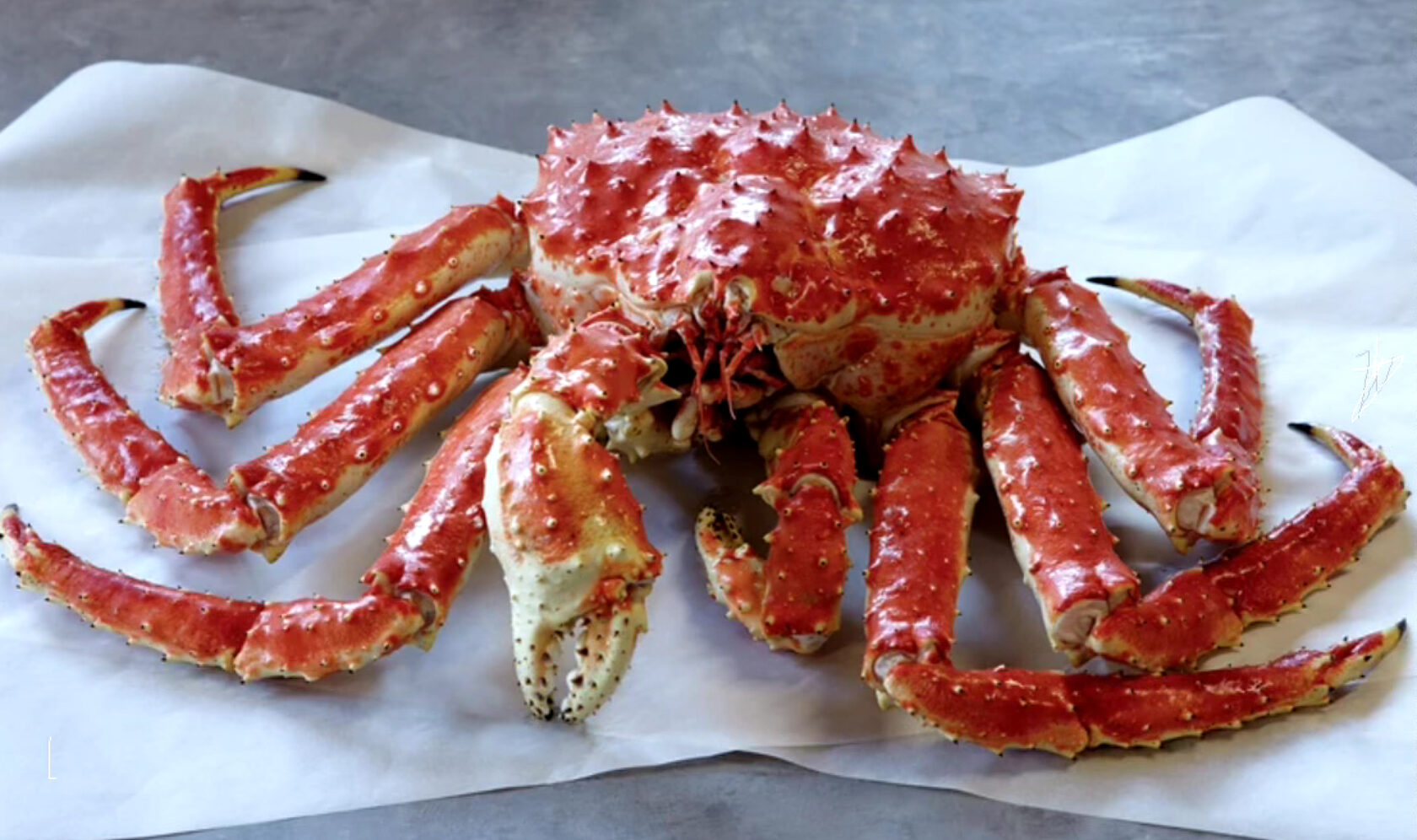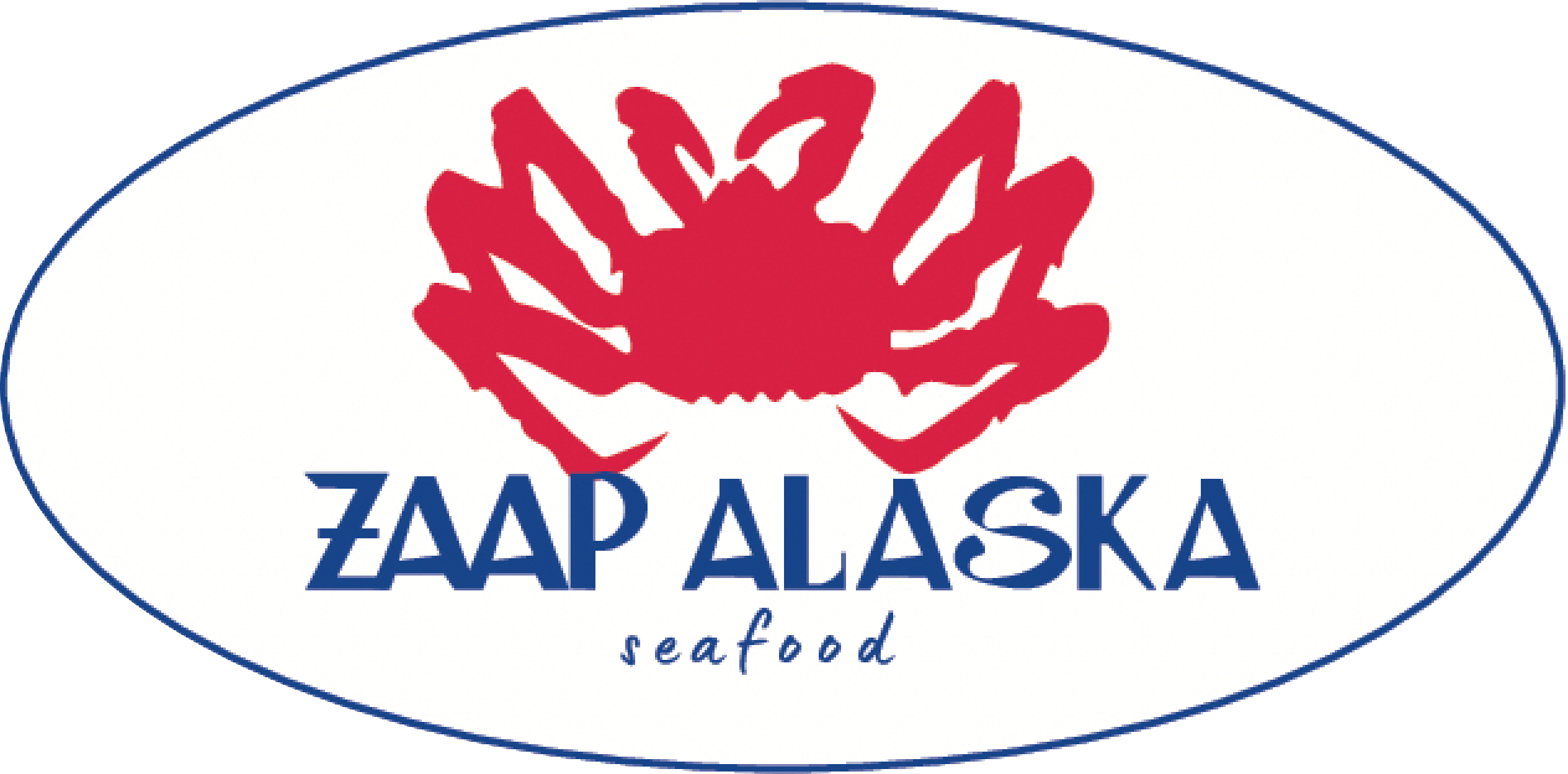MEET OUR RUSSIAN MAJOR COMMERCIAL CRAB SPECIES
King Crabs
There are 3 major species:

Paralithodes camtschaticus Red King Carb. It is the most valuable king crab specie.
These 3 species are very similar by their taste and texture. The main difference is in their sweetness and this difference is very subtle. King crab, on the other hand, is truly a meal fit for a king. King crabmeat is snowy white with streaks of red. It has a sweet, mild flavor that often compared to lobster. It breaks off in large, thick and tender chunks that are well worth round the world.
Paralithodes platypus Blue King Carb
Lithodes aequispinus Golden King Carb
The red king crab (Paralithodes camtschaticus), also called Kamchatka crab or Alaskan king crab, is a species of king crab native to cold waters in the North Pacific Ocean and adjacent seas, but also introduced to the Barents Sea. It grows to a leg span of 1.8 m (5.9 ft), and is heavily targeted by fisheries. The red king crab is the largest species of king crab. Red king crabs can reach a carapace width up to 28 cm (11 in), a leg span of 1.8 m (5.9 ft), and a weight of 12.7 kg (28 lb). Males grow larger than females. Today, red king crabs infrequently surpass 17 cm (7 in) in carapace width and the average male landed in the Bering Sea weighs 2.9 kg (6.4 lb)



Opilio Snow Crab

Male snow crabs are roughly double the size of females, which means any snow crab you order is likely to be male. Last but not least, the key difference between snow crab and king crab legs is how they taste. The snow crab has a sweet, slightly briny flavor and a firm texture. Snow crab meat breaks off in long pieces, and is often shredded, almost like corned beef. It’s a delicious, more affordable crab leg option.
Chionoecetes opilio, a species of snow crab, also known as opilio crab or opies, is a predominantly epifaunal crustacean native to shelf depths in the northwest Atlantic Ocean and north Pacific Ocean. It is a well-known commercial species of Chionoecetes , often caught with traps or by trawling. Seven species are in the genus Chionoecetes, all of which bear the name "snow crab". C. opilio is related to C. bairdi, commonly known as the tanner crab, and other crab species found in the cold, northern oceans. Snow crabs, on the other hand, have long, lean legs that have thin shells you can easily crack with your hands. Their legs can reach between 0,9 and 1,8 kilograms.
FAKE “ALASKAN KING CRAB”

On the Atlantic side, it is found off Argentina and Uruguay. It lives in the benthic zone at depths of 0–700 m (0–2,300 ft), with Uruguayan records being exclusively from great depths. In Chile, it mostly lives at depths to 150 m (490 ft), but south of 40 S it can be found to 600 m (2,000 ft). It is a large crab that can reach up to 19 cm (7.5 in) in carapace length, and it is the target of commercial fishing. Major crab fishing countries – Uruguay, Argentina, Chile.

Some unscrupulous suppliers call them “Alaskan” king crab, but is it really so? Here is some brief introduction of the current contestant
of the true Alaskan king crab:
Lithodes Santolla is a very distant relative of the King Crab.
These species are found in the warm waters in the south of the Pacific Ocean. It is also commercialized as King Crab because if its external similarity with the King King Crab from the Bering Sea or the Barents Sea. But the taste and texture is still very different, hence is also the pricing. Lithodes santolla, also known as the southern king crab, Chilean king crab or centolla, is a species of king crab, found off southern South America including the offshore Falkland Islands on the Pacific side, it is found in Chile from Talcahuano to Cape Horn.
of the true Alaskan king crab:
Lithodes Santolla is a very distant relative of the King Crab.
These species are found in the warm waters in the south of the Pacific Ocean. It is also commercialized as King Crab because if its external similarity with the King King Crab from the Bering Sea or the Barents Sea. But the taste and texture is still very different, hence is also the pricing. Lithodes santolla, also known as the southern king crab, Chilean king crab or centolla, is a species of king crab, found off southern South America including the offshore Falkland Islands on the Pacific side, it is found in Chile from Talcahuano to Cape Horn.
BENEFITS OF THE KING CRAB CONSUMPTION
Alaskan king crab can help!
Not only does king crab taste great, it also provides one-of-a-kind health benefits.

Strengthens the heart
Rich in high-quality protein, it can repair and rebuild muscles and Omega-3 fatty acids, reducing inflammation and strengthen heart health.

Restores muscles
Rich in high-quality protein, it can repair and rebuild muscles and Omega-3 fatty acids, reducing inflammation and strengthen heart health.

Low calorie product
Unlike other meats such as beef, Alaskan king crab is lower in protein, with only about 100 calories and 19 grams of protein per 100 grams of meat. White king crab meat is low in fat and calories, which are two alternative quality food sources that help maintain good health.
